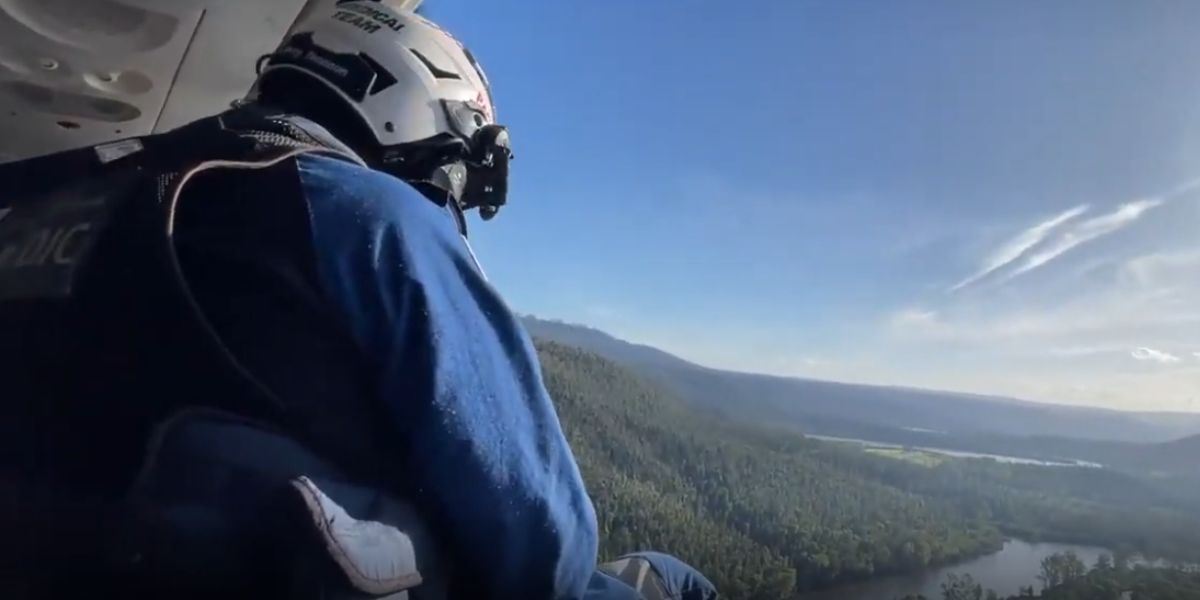Thirty-one doctors in training and four trainee critical care paramedics from across NSW recently participated in an intensive and high-fidelity training program to ensure they are mission-ready to provide world-class critical care for patients anywhere across NSW, including the New England.
The medical team training program at the Aeromedical Crewing Excellence (ACE) Training Centre in Bankstown consolidates skills required to treat critically ill and injured patients. The program includes responding to critical care simulations such as providing life-saving and complex care following motor vehicle accidents to patients with diverse care needs.
“The expertise of the NSW Ambulance aeromedical team is second to none and the sheer intensity of this training undertaken by these brave doctors, critical care paramedics and flight nurses – I’m in awe of it.” said Minister for Health, Ryan Park.
“Not only does it prepare them for any emergency scenario no matter how difficult, but they get to do it at a facility, the ACE Training Centre, that is renowned for its world-class training.”
These medical team members work out of the NSW and ACT aeromedical retrieval bases at Tamworth, Sydney, Orange, Wollongong, Canberra, Newcastle, and Lismore. Training is also provided to those who work for the Royal Flying Doctor Service.
The ACE Training Centre delivers over 42,000 hours of training each year to ensure NSW Ambulance doctors, critical care paramedics and flight nurses maintain their clinical, aviation, and rescue skills.
Critical care paramedics and specialist doctors regularly conduct winching drills from the rescue helicopter, including water rescue off the NSW coast, in addition to helicopter underwater escape training, and roping exercises to practice abseiling down to patients in remote areas.
NSW Ambulance currently employs 71 permanent consultant doctors and 38 rotating registrars (doctors in training) in the aeromedical team, who work on the rescue helicopters, fixed-wing air ambulance aircraft, aeromedical road retrieval ambulances, and in the Aeromedical Control Centre.
Rotating doctors in training who are interested in working for NSW Ambulance Helicopter Operations are required to have either completed their critical care training or be an advanced trainee in a critical care specialty. They undertake a six to 12-month placement, with many seeking to stay on as permanent staff members in one of the highly sought-after consultant positions.
“NSW Ambulance aeromedical teams respond to more than 10,000 incidents each year, providing exceptional care to critically unwell and injured patients,” said NSW Ambulance Chief Executive Dr Dominic Morgan.
“No matter where you are in the state, our aeromedical teams onboard our fleet of helicopters, fixed wing aircraft – including our new PC-24 jets, and road retrieval ambulances – have the expertise and experience to assess and treat you before transporting you to the hospital.”
Something going on in your part of the New England people should know about? Let us know by emailing newsdesk@netimes.com.au

